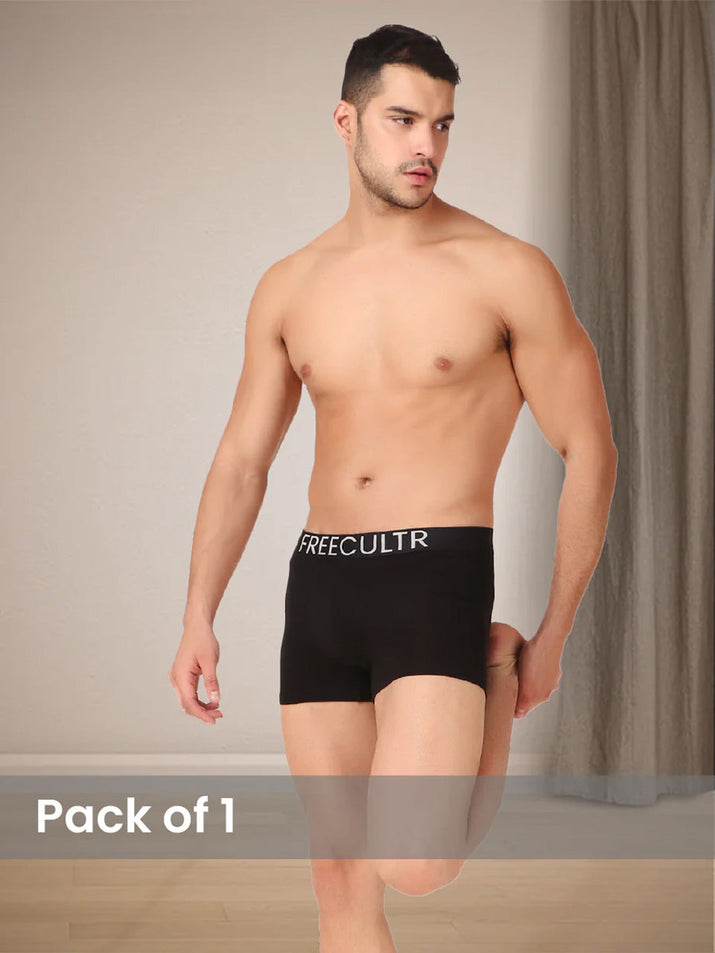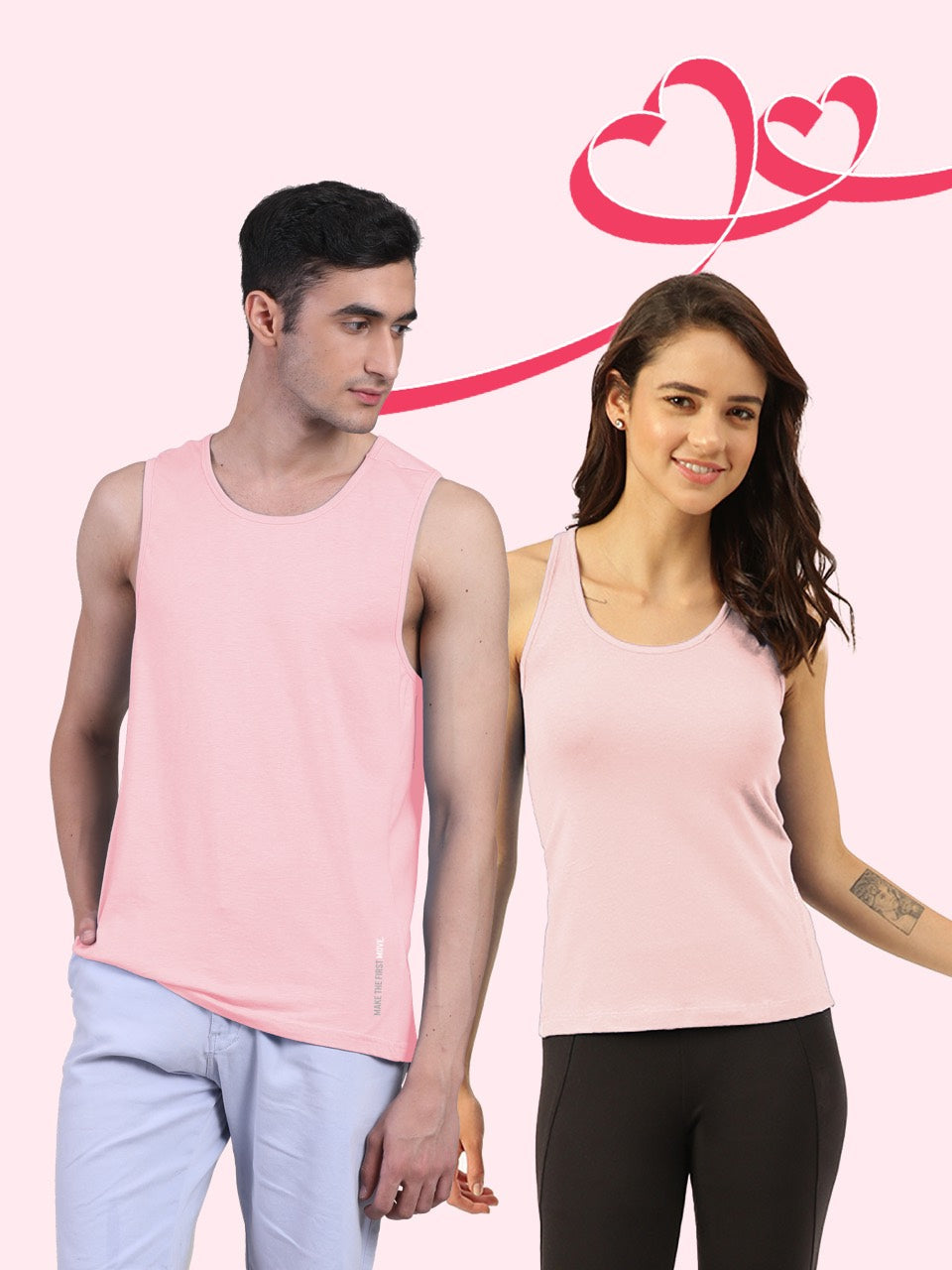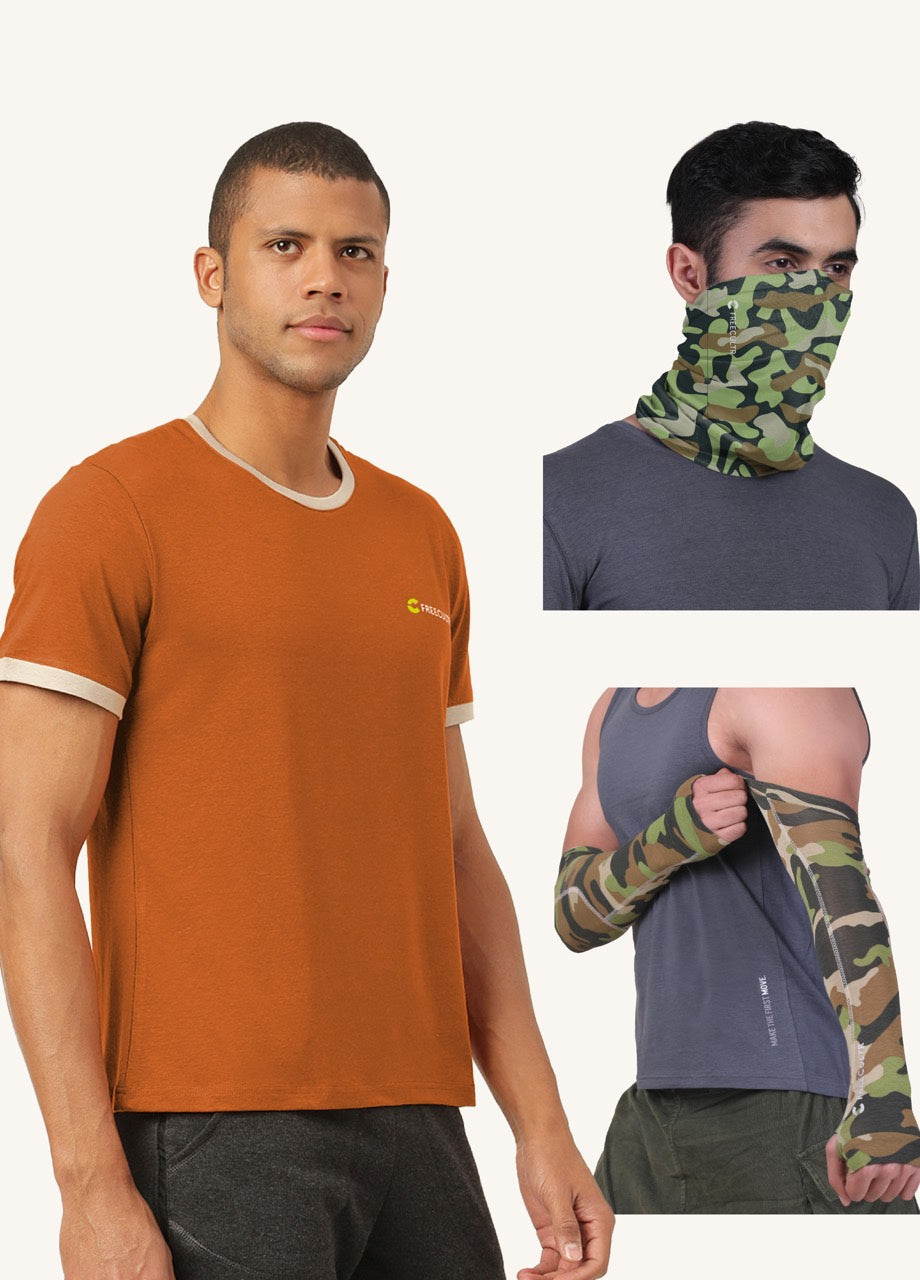Spending hours in the pool shouldn't mean sacrificing your swimwear to the harsh realities of chlorine and UV radiation. Today's active man demands trunks that can withstand rigorous training and leisure, without fading or losing elasticity. We delve into the advanced material science behind chlorine-resistant fabrics, focusing on innovations like PBT and XLA fibers that offer superior longevity compared to traditional spandex. Moreover, we'll examine the effectiveness of various UV protection methods, from fabric weaves to chemical treatments, ensuring your swimwear shields you from harmful rays. Discover how to choose trunks that balance performance, durability. Style for the modern aquatic lifestyle.

Understanding Chlorine Resistance in Swim Trunks
Chlorine, a powerful disinfectant widely used in swimming pools, is notoriously harsh on fabrics. It breaks down the fibers of many materials, leading to fading, stretching. A significantly shortened lifespan for your swim trunks. Understanding how chlorine affects different fabrics is key to choosing trunks that can withstand the chemical onslaught.
How Chlorine Degrades Fabric:
- Fiber Weakening: Chlorine attacks the polymer chains in fabrics like cotton, nylon. Spandex, making them brittle and prone to breakage.
- Color Fading: Dyes are susceptible to chlorine oxidation, causing colors to fade and become dull over time.
- Elasticity Loss: Spandex, crucial for the fit and flexibility of swim trunks, is particularly vulnerable, leading to sagging and loss of shape.
Chlorine-resistant fabrics are designed to minimize these effects. These fabrics undergo special treatments or are made from inherently chlorine-resistant materials, extending the life of your swimwear. Freecultre comprehend this and uses premium quality fabric that are durable and long lasting.
The Science of UV Protection in Swimwear
The sun's ultraviolet (UV) radiation poses a significant risk to skin, even when you're partially submerged in water. Swim trunks that offer UV protection can help shield your skin from harmful rays, reducing the risk of sunburn and long-term skin damage.
Understanding UV Radiation:
- UVA Rays: Penetrate deep into the skin, contributing to premature aging and wrinkles.
- UVB Rays: Cause sunburn and play a major role in the development of skin cancer.
- UVC Rays: Mostly absorbed by the atmosphere and are generally not a concern.
The UV protection factor (UPF) indicates how much UV radiation a fabric blocks. For example, a UPF of 50 means the fabric blocks 98% of UV rays, allowing only 2% to penetrate. Look for swim trunks with a UPF rating of 30 or higher for adequate protection. Freecultre offers trunks with high UPF ratings, blending Fashion and Comfort with sun safety.
Key Materials for Chlorine Resistance and UV Protection
Several materials excel in providing both chlorine resistance and UV protection, making them ideal for swim trunks.
- Polyester: Inherently chlorine-resistant and offers good UV protection. Often blended with other materials to improve comfort and fit.
- PBT (Polybutylene Terephthalate): Highly chlorine-resistant and durable. Retains its shape and color even after prolonged exposure to chlorine.
- Nylon: Offers good UV protection but is less chlorine-resistant than polyester or PBT. Often treated with chlorine-resistant finishes.
- Lycra/Spandex: Provides excellent stretch and comfort but is highly susceptible to chlorine damage. Often used in small amounts in blends with more durable materials.
Material Blends: Many swim trunks utilize blends of these materials to achieve a balance of chlorine resistance, UV protection, comfort. Fit. For example, a blend of polyester and PBT can offer excellent durability and chlorine resistance, while a small amount of Lycra adds stretch and comfort. Freecultre prioritizes these blends to ensure optimal performance and longevity.
Comparing Fabric Options: A Detailed Look
Choosing the right fabric involves considering the trade-offs between chlorine resistance, UV protection, comfort. Price. Here's a comparison of common materials used in swim trunks:
| Fabric | Chlorine Resistance | UV Protection | Comfort | Durability | Typical Uses |
|---|---|---|---|---|---|
| Polyester | Excellent | Good | Moderate | Excellent | Competitive swimwear, recreational trunks |
| PBT | Excellent | Moderate | Moderate | Excellent | Competitive swimwear, high-performance trunks |
| Nylon | Fair | Good | Good | Good | Recreational trunks, fashion swimwear |
| Lycra/Spandex | Poor | Poor | Excellent | Poor | Accent material in blends, providing stretch |
| Polyester/PBT Blend | Excellent | Good | Good | Excellent | High-performance trunks, swimwear for frequent use |
Treatments and Technologies for Enhanced Performance
In addition to the base material, various treatments and technologies can enhance the chlorine resistance and UV protection of swim trunks.
- Chlorine-Resistant Finishes: Applied to fabrics like nylon and Lycra to improve their resistance to chlorine damage. These finishes create a protective barrier that slows down the breakdown of fibers.
- UV Protection Coatings: Applied to fabrics to increase their UPF rating. These coatings absorb or reflect UV radiation, providing enhanced protection for the skin.
- Tight Knit Construction: Densely woven fabrics offer better UV protection than loosely woven ones. The tighter the knit, the less UV radiation can penetrate.
- Darker Colors: Darker colors generally provide better UV protection than lighter colors because they absorb more UV radiation.
Freecultre invests in innovative treatments and technologies to ensure that our swim trunks offer superior chlorine resistance and UV protection, without compromising on style or comfort.
Real-World Applications and Use Cases
The benefits of chlorine-resistant and UV-protective swim trunks extend to a wide range of activities and environments.
- Competitive Swimming: Swimmers who train regularly in chlorinated pools need durable trunks that can withstand frequent exposure to chemicals.
- Recreational Swimming: Casual swimmers can enjoy longer-lasting swimwear that resists fading and stretching.
- Water Parks: Prolonged exposure to chlorinated water and sunlight makes chlorine-resistant and UV-protective trunks essential for water park enthusiasts.
- Beach Vacations: UV protection is crucial for protecting skin from the sun's harmful rays during beach vacations.
- Outdoor Water Sports: Activities like surfing, paddleboarding. Kayaking require swimwear that can withstand both chlorine and sun exposure.
Imagine a competitive swimmer training for hours each day in a chlorinated pool. Without chlorine-resistant trunks, their swimwear would quickly degrade, requiring frequent replacement. Similarly, a family on a beach vacation can enjoy peace of mind knowing that their swim trunks offer reliable UV protection for their children.
Choosing the Right Swim Trunks: Key Considerations
Selecting the best swim trunks involves considering several factors, including material, fit, style. Intended use.
- Material: Prioritize chlorine-resistant and UV-protective materials like polyester, PBT, or blends of these fabrics.
- UPF Rating: Look for trunks with a UPF rating of 30 or higher for adequate sun protection.
- Fit: Choose a fit that is comfortable and allows for freedom of movement. Consider the length and style of the trunks.
- Style: Select a style that suits your personal preferences and activities. Options include briefs, trunks, square legs. Jammers.
- Durability: Check for reinforced seams and high-quality construction to ensure long-lasting durability.
- Price: Balance your budget with the desired features and quality. Investing in higher-quality trunks can save money in the long run by reducing the need for frequent replacements.
Freecultre offers a diverse range of swim trunks that combine style, comfort. Performance. Our trunks are designed to meet the needs of swimmers of all levels, from casual recreational users to serious athletes. Explore our collection to find the perfect pair that fits your lifestyle and preferences. Freecultre combines Fashion and Comfort seamlessly, ensuring you look and feel great.
Conclusion
Let’s dive into the future vision of men’s swimwear. We've explored the crucial benefits of chlorine-resistant and UV-protective trunks. It’s clear these features aren't just perks; they're necessities for the modern active man. Looking ahead, expect to see even greater integration of sustainable materials like recycled ocean plastic in these garments, driven by growing environmental awareness. The industry is also likely to embrace smart fabrics with enhanced breathability and quick-drying capabilities, further boosting comfort and performance. I predict personalized swimwear experiences, utilizing data-driven design to create trunks that perfectly fit individual body types and activity levels, will become more common. To stay ahead, explore advancements in textile technology and comprehend the evolving needs of swimmers and beachgoers. Embrace resources like industry publications and online forums to deepen your knowledge. The possibilities are boundless, with innovation constantly reshaping the swimwear landscape. Embrace the change! SwimOutlet. Com is a great resource for further reading.More Articles
Minimal, Stylish. Bold: Why Freeculture is a Game-Changer in Everyday FashionComfort Meets Culture: How Freeculture Redefines Basics Better Than Competitors
Soft, Sustainable. Stylish: Freeculture’s Edge Over Traditional Brands
Not Just Another T-Shirt Brand: Why Freeculture is the Future of Innerwear
FAQs
So, what's the big deal about chlorine-resistant trunks anyway?
Okay, picture this: you're hitting the pool regularly, getting your laps in, feeling great. But your regular swim trunks? They're fading, getting baggy. Falling apart after a few weeks. Chlorine-resistant trunks, especially the ones we craft at Freecultre, are made with fabrics that can stand up to that harsh chlorine. They'll keep their shape, color. Elasticity much longer, saving you money and hassle in the long run. Think of it as an investment in your swim sanity!
UV protection in swim trunks? Is that really necessary?
Absolutely! Think of your legs – they're exposed to the sun just as much as your shoulders when you're swimming or lounging by the pool. UV protection in trunks, like the kind you find in Freecultre's designs, helps block those harmful rays, reducing your risk of sunburn and long-term skin damage. It's like built-in sunscreen for your lower half!
How long will Freecultre's chlorine-resistant trunks actually last compared to regular ones?
That's a great question! It really depends on how often you swim and how well you care for them. But generally speaking, Freecultre's chlorine-resistant trunks, with their durable construction and high-quality fabrics, should last significantly longer – we're talking potentially months or even a year or more, compared to weeks for regular swim trunks that haven't been designed to handle the pool chemicals.
Will the UV protection wash out over time?
With some brands, that can be a concern. But Freecultre uses fabrics that have the UV protection woven right in, not just sprayed on. This means the protection lasts for the life of the garment, even after multiple washes. Just follow the care instructions. You're good to go!
What kind of fit do Freecultre's trunks offer? I don't want anything too tight or too baggy.
We get it – nobody wants to feel restricted in the water or look like they're wearing a sail! At Freecultre, we focus on a comfortable, athletic fit. Think streamlined without being skin-tight. You'll have full range of motion for swimming. They'll still look good whether you're grabbing a post-swim smoothie or relaxing by the poolside. Check our size chart – we provide helpful measurements to find your perfect fit.
Are chlorine-resistant and UV protection the only benefits, or am I missing something?
Nope, that's not all! Freecultre's trunks are also designed with comfort in mind. We often use quick-drying fabrics to prevent that soggy feeling when you get out of the water. Plus, we pay attention to details like comfortable waistbands and secure drawstrings, so you can focus on your swim, not on adjusting your trunks.
Okay, I'm sold. How do I take care of my Freecultre trunks to make them last?
Awesome! Here's the deal: after each swim, rinse your trunks thoroughly with fresh, cool water. This helps remove chlorine and other chemicals. Avoid wringing them out – gently squeeze out excess water instead. Hang them to dry in a shaded area, away from direct sunlight. And avoid throwing them in the dryer, as the heat can damage the fibers. Following these simple steps will help keep your Freecultre trunks looking and performing their best for years to come!






